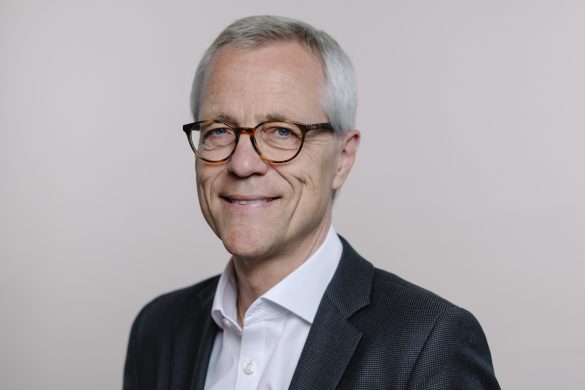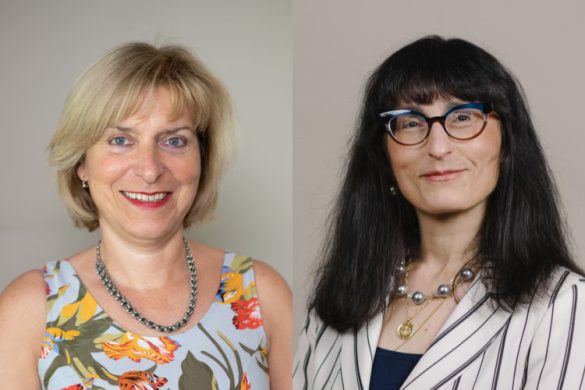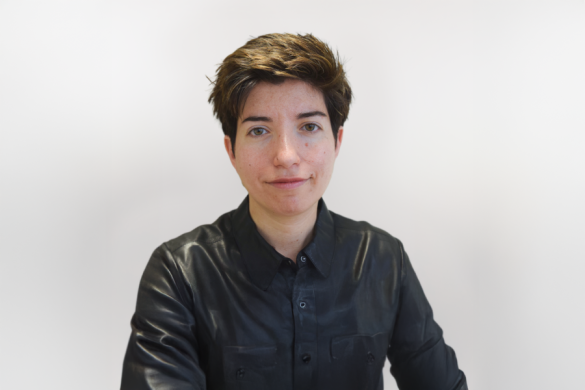Neurology is an important discipline and is rapidly developing. Recent economic studies have identified that one third of the European population is affected by a brain disease and they need treatment by neurologists, neurosurgeons and psychiatrists. The costs for these diseases are getting astronomic. While in 2004 the costs for brain diseases were estimated to amount to 386 billion € in Europe (1), a recent paper with a similar methodology found this number to be doubled in 2010 with 798 billion €.(2) Just for comparison the annual budget of the EU government is 141 billion€*. Such costs are so exorbitant that new avenues to help the patients and to better treat the conditions are a burning question for all politicians. One of the most important prerequisites to successfully fight these diseases is to have enough neurologists who can help these patients.
Neurologists are obviously terribly needed. How many are we? We do not have exact numbers and the best guesses we have are numbers from a recent survey of the EFNS, UEMS/EBN and EAYNT** which evaluated the training in different European countries. They found that on average 6.6 neurologists are serving 100,000 inhabitants in Europe and the differences between countries are huge. They range between 0.9 and 17.4 per 100,000 inhabitants. In a similar study (3) the world-wide numbers of neurologists have been found to be 3.89 per 100,000 inhabitants with a range between 0.04 and 13.37 neurologists. The amount of neurologists needed in a particular country depends on many factors of which the health system organisation is probably the most important one. In this regard the most important factor is usually how many of the patients with neurological disease are regularly seen by neurologists. It is clear that even in a relatively homogeneous region like Europe a 20-fold difference in the number of neurologists is a thought-provoking number.
Just a few bullet points how the EAN can help to increase the number of neurologists and the neurological service for our patients. To increase this number will always the responsibility of the local health systems but we can provide information about the needs for the health system. Certainly only the local neurologists can help in their own countries. But ideally these neurologists are organized in the EAN and can use the knowledge which has been acquired in other European countries in order to build a better neurology service.
The EAN is in a premier position to build up knowledge around neurological diseases. The most important source of progress in our field has been continuous research. This will be to understand diseases with translational research. Even small progress will end up in big savings for the patient.
Another challenge will be to find out which health system interventions are best serving the fight against different diseases. The EAN and its representatives need to lobby for more research money in Brussels and at the national level.
The EAN can provide education for neurologists. The EAN congresses and the local educational activities will be a major source of education.
It is clear that all of this and much more needs to be done in the future. Researchers from all over Europe need to join their forces to move forward in these areas. The EAN will foster such attempts.
*See: http://ec.europa.eu/budget/figures/2010/2010_de.cfm
**European Federation of Neurological Societies, Union of European Medical Specialists/European Board of Neurology and the European Association of Young Neurologist and Trainees
1. Andlin-Sobocki P, Jonsson B, Wittchen HU, Olesen J. Cost of disorders of the brain in Europe. Eur J Neurol 2005;12 Suppl 1:1-27.
2. Olesen J, Gustavsson A, Svensson M, Wittchen HU, Jonsson B. The economic cost of brain disorders in Europe. Eur J Neurol 2012;19(1):155-162.
3. Steck A, Struhal W, Sergay SM, Grisold W. The global perspective on neurology training: the World Federation of Neurology survey. J Neurol Sci 2013;334(1-2):30-47.












